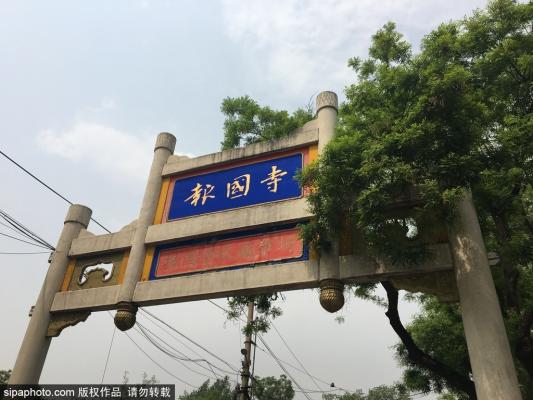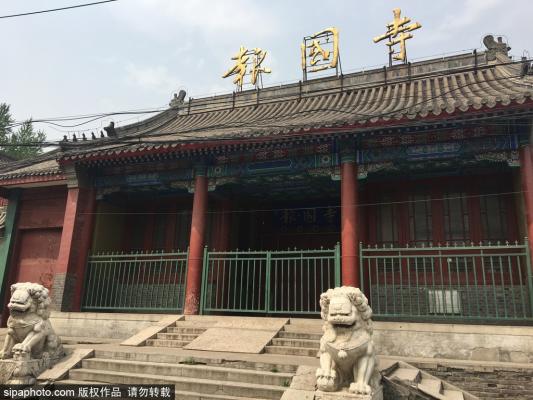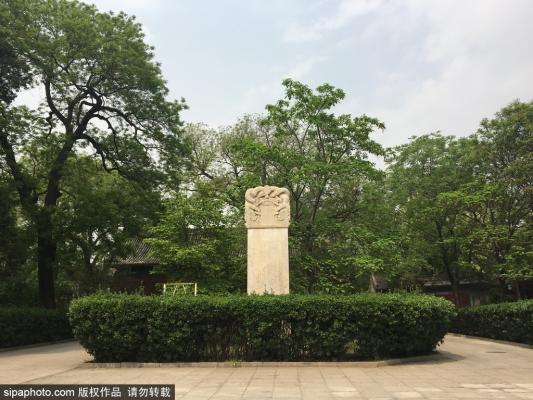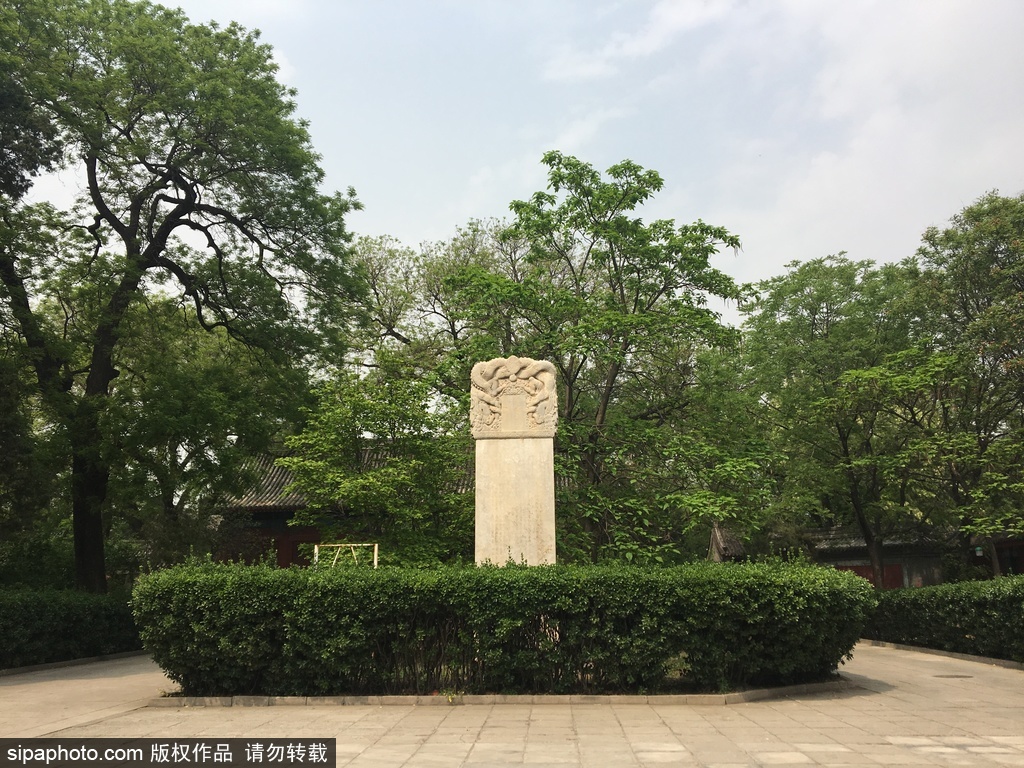Baoguo Temple (报国寺)
Baoguo Temple is situated at No. 1 Baoguosi Qianjie Street, Xicheng District, Beijing. It faces south and display...

-
Tel:
86-10-63173169 -
Best Time to Visit:
All year -
Duration:
1-2 hours -
Admission:
8 RMB 8 RMB -
Opening Hours:
8:00-16:30
Description
Baoguo Temple (报国寺)
Baoguo Temple is situated at No. 1 Baoguosi Qianjie Street, Xicheng District, Beijing. It faces south and displays its major buildings on the north-south central axis line.
There were originally seven halls with a 36-stair Pilu Pavilion in its back. What below the Pavilion is a porcelain statue of the Goddess Guanyin at a height over 1chi, dressing in a crown and green cape and holding a Cakra carved with Sanskrit words. As one of the eight treasures of old Beijing, this statue was cont...
Baoguo Temple (报国寺)
Baoguo Temple is situated at No. 1 Baoguosi Qianjie Street, Xicheng District, Beijing. It faces south and displays its major buildings on the north-south central axis line.
There were originally seven halls with a 36-stair Pilu Pavilion in its back. What below the Pavilion is a porcelain statue of the Goddess Guanyin at a height over 1chi, dressing in a crown and green cape and holding a Cakra carved with Sanskrit words. As one of the eight treasures of old Beijing, this statue was contributed by Jingdezhen kiln during the region of Emperor Shenzong of the Song Dynasty. This temple also houses a Shengguo Miaoyintu (Scene of Shakya Mani Expounding Buddhist Doctrines in Lingshan) scroll painting of Liang Dynasty, and a Wucai Tianzun Xiannv (Colored Buddhas and Fairies) scroll painting of the 6th year of the region of Emperor Jiaqing of the Qing Dynasty (1801). Besides, there are two tablets preserved in the temple, namely the emperor-ordered tablet made in the second year of the region of Emperor Chenghua of the Ming Dynasty (1466), and the poem tablet about the renovation of Baoguo Temple in the 21st year of the region of Emperor Qianlong of the Qing Dynasty (1756).
Most of the buildings in the temple were destroyed by a heavy earthquake in Beijing in the 18th year of the region of Emperor Kangxi of the Qing Dynasty (1679). Then, it was rebuilt and changed into “Dabaoguo Renci Ciren Temple” in the 19th year of the region of Emperor Qianlong of the Qing Dynasty (1754). With the book market rising in the Liulichang Street in Qing Dynasty, this temple witnessed its book market getting crumbling gradually. However, Baoguo Temple Cultural Market of the day will carry on this culture which has spanned for hundreds of years, to shape a splendid cultural atmosphere here.






